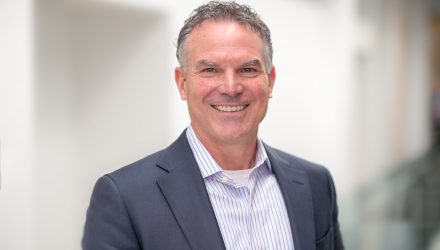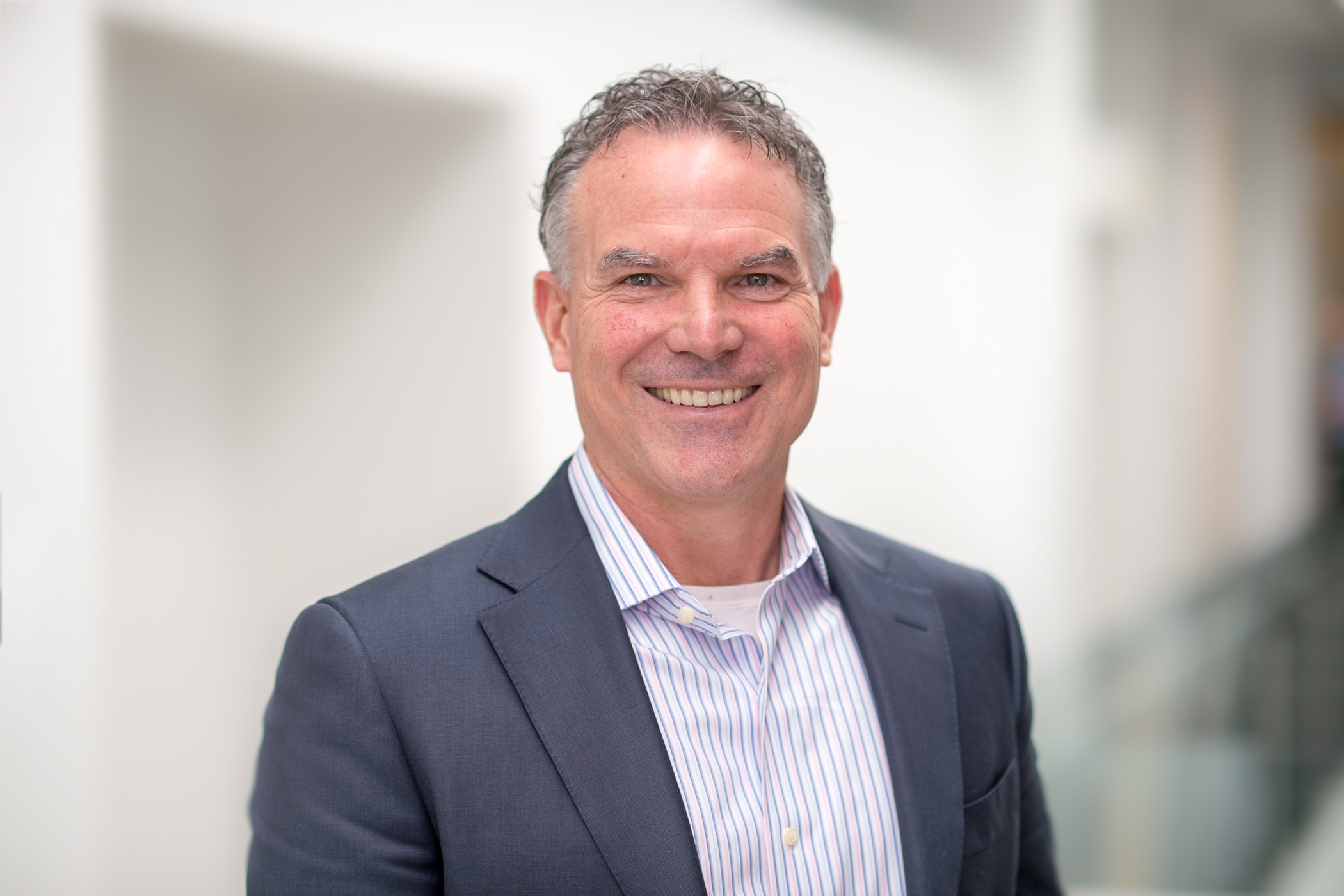2022 has been a year of near-constant shocks to the global economy. So how are financial advisors coping with one of the worst investing environments on record? VettaFi spoke with Fran Kinniry, head of Vanguard’s Investment Advisory Research Center, to find out.
[This interview has been edited for clarity and brevity.]
Dan Mika, contributor, VettaFi: What are the most consistent questions that advisors are asking you and your staff at Vanguard? Are there points of confusion or concern your clients are bringing up?
Kinniry: I wouldn’t say as much confusion as it is concern. This is one of the worst bond markets we’ve experienced in the history of the bond markets. I think many of the questions have been around the role of fixed income and bonds. Because most advisors are working with multi-asset class portfolios, bonds have been the ballast of the portfolio for the last 20 or 30 years. But I think our education and research have repeatedly shown that that’s not always the case. That’s what we’ve been showing advisors, that there are episodes like the 70s and 80s where the equity markets started to perform poorly, more because of the bonds and rising interest rates. So we’ve been stuck at a zero (rate) policy on interest rates since the global financial crisis of 2008. We knew it would not be an easy path to unwind. But when I look, the most important thing I look at is what advisors are doing with cash flow. And they are staying the course, which is really great to see.
VettaFi: Why do you think that is the case right now, when we’ve gone from a position where bonds were producing next to nothing, and now we’re in an environment where yields are climbing so quickly? Why do you think staying the course is the right thing to do here when we’re talking about advisors trying to maximize cash flow?
Kinniry: There’s ample research out there on tactical asset allocation, which is trying to move in front of the market. It’s pretty overwhelming. My team and I have researched tactical allocation versus strategic allocation. Tactical allocation is being more active in your portfolio, some call it market timing. But the evidence and the research is really clear. If you look at one-year, three-year, five-year, and ten-year rolling periods, you see just how poor tactical asset allocation has been. So you’re advising a client, and the asset allocation matches their goals, their objectives, their time horizon, the risk tolerances, and rebalancing, that has been, according to all the research, the most prudent way to manage money. But for a long time, we saw what we’d be known as momentum investing, which would be when stocks are doing really well, people are chasing the stock market. And when bonds are doing really well, they choose the bond market. At the other end is, when they are performing poorly, investors run away from those asset classes into cash. And we’re not seeing that at all.
VettaFi: Why do you think it is? For anyone paying attention to the financial media writ large, there’s a sense that like impending doom is on the way, whether it’s because the Fed and other global central banks are racing to hike rates as much as possible, to fears about recession, fears about inflation being persistent in certain areas, fears over Russia and Ukraine, so on and so forth. Why do you think staying the course has been so popular right now when there are so many things to be worried about?
Kinniry: The headlines are in real time. The markets are forward-looking. The headlines and everything you just described totally agree with. But the headlines reflect what has happened over the last 30 to 60 days and extrapolate that. The market saw this coming as early as six to nine months ago. Both the stock and bond markets are forward-looking, trying to react to the news, whether it’s euphoric and positive news or doomsday news in real time. It’s probably why tactical asset allocation is performed so poorly. So you saw the pullback long before you saw the headlines. Let’s call it investment psychology. The psychology is in real terms, but the markets are forward-looking.
VettaFi: On that point about psychology, have you noticed any change in when you’re talking with your clients, about how they are talking with their clients? Are you gleaning any interchange between how your client’s customers feel and how advisors speak when everything seems so scary? And I wonder if that tone is different compared to, say, early 2020 or the onset of the great financial crisis.
Kinnery: I think you are seeing more of a stay-the-course rebalancing mentality psychologically from the advisor community. I always say one thing is how people feel versus what they do. When I look at cash flows, and my team and I own the Vanguard Risk Appetite (measure). The Risk Appetite looks at high-risk, low-risk, and medium-risk asset classes, and we look at where performance is. You’re seeing cash flow being contrarian, meaning the cash flow is rebalancing-type cash flow into markets with the worst returns and pulling it out of markets with the best returns. You’re seeing the advisor community behave very much like an institutional asset manager. We think there are a lot of reasons for that. Many things have gone to auto-rebalancing, like my team created on Advisor’s Alpha, which is really leaning into wealth planning, financial planning, setting the asset allocation, and rebalancing to it. So there are a lot more advisors today that are operating what I would say is an institutional asset class framework than more of a behavioral framework, which is great to see for their practice and great to see for their end clients.
VettaFi: So over the long term, it seems like people are rebalancing and staying in the market, but for advisors who have clients with short or medium horizons or specific needs, are they expressing more fear or more difficulty in trying to figure out how to navigate a market to fit that specific client?
Kinniry: I think advisors, the ones I work with and those I interact with, are doing a really good job for both investors. Meaning that the investor has a one-year, three-year, or five-year horizon, let’s say, a very short horizon. Or maybe it’s for a goal like, “I want to buy a home in one to three years.” Most advisors have that money positioned very, very conservatively, if not all, in the money market, in advance of all this. I think that’s the most important part: you have to understand what are the client’s goals, objectives, risk preferences, and time horizon, and you set up the asset allocation for that. And then you do not react emotionally, which I would say for most of the 20-plus years, I had been doing this, up through, say 2012, 2013, you saw what would be known as momentum, or trend following where cash flows, were chasing and abandoning the underperforming asset class over the last five to 10 years. Now you’re seeing what we would call a very prudent, disciplined cash flow.
For more news, information, and strategy, visit the Fixed Income Channel.


